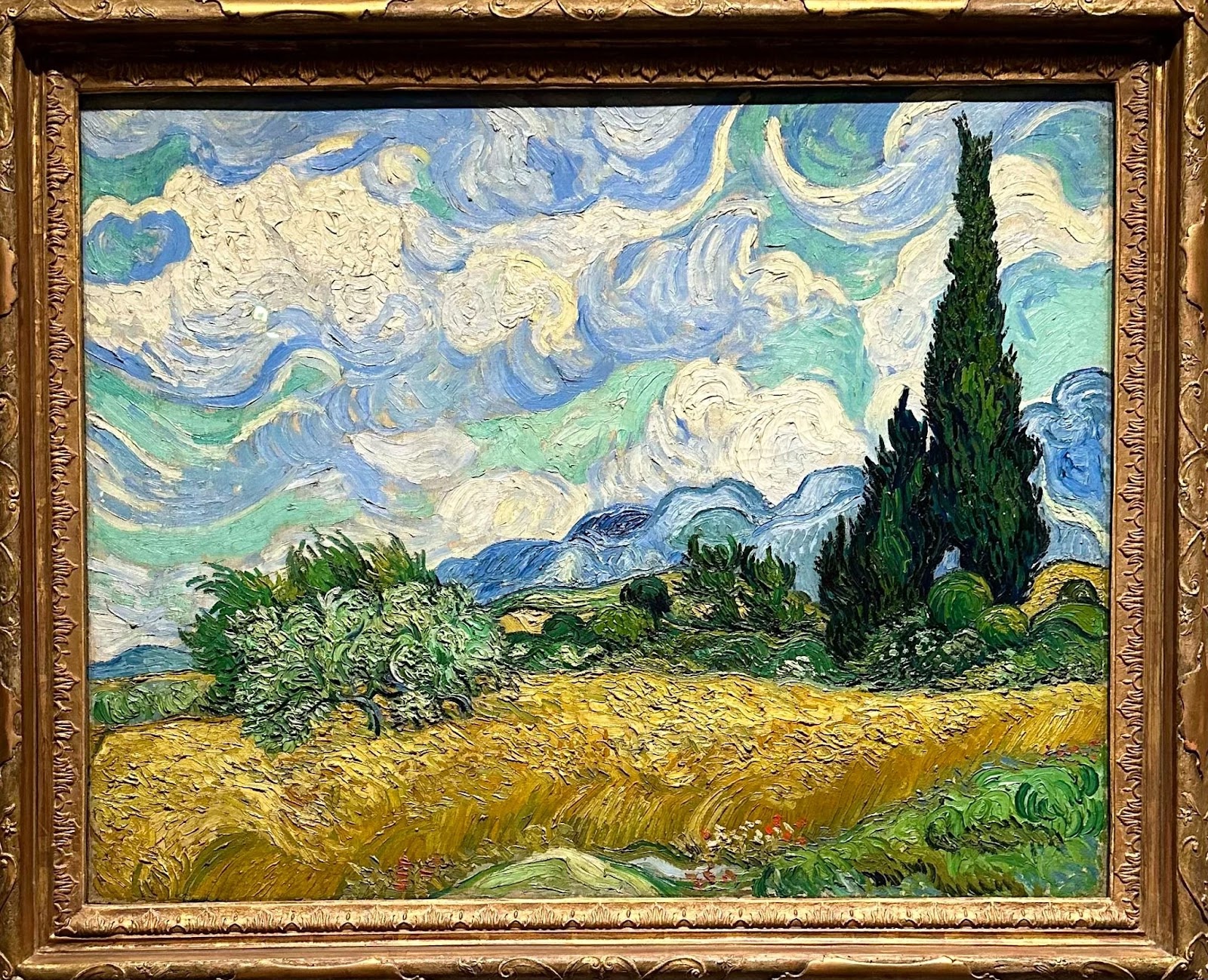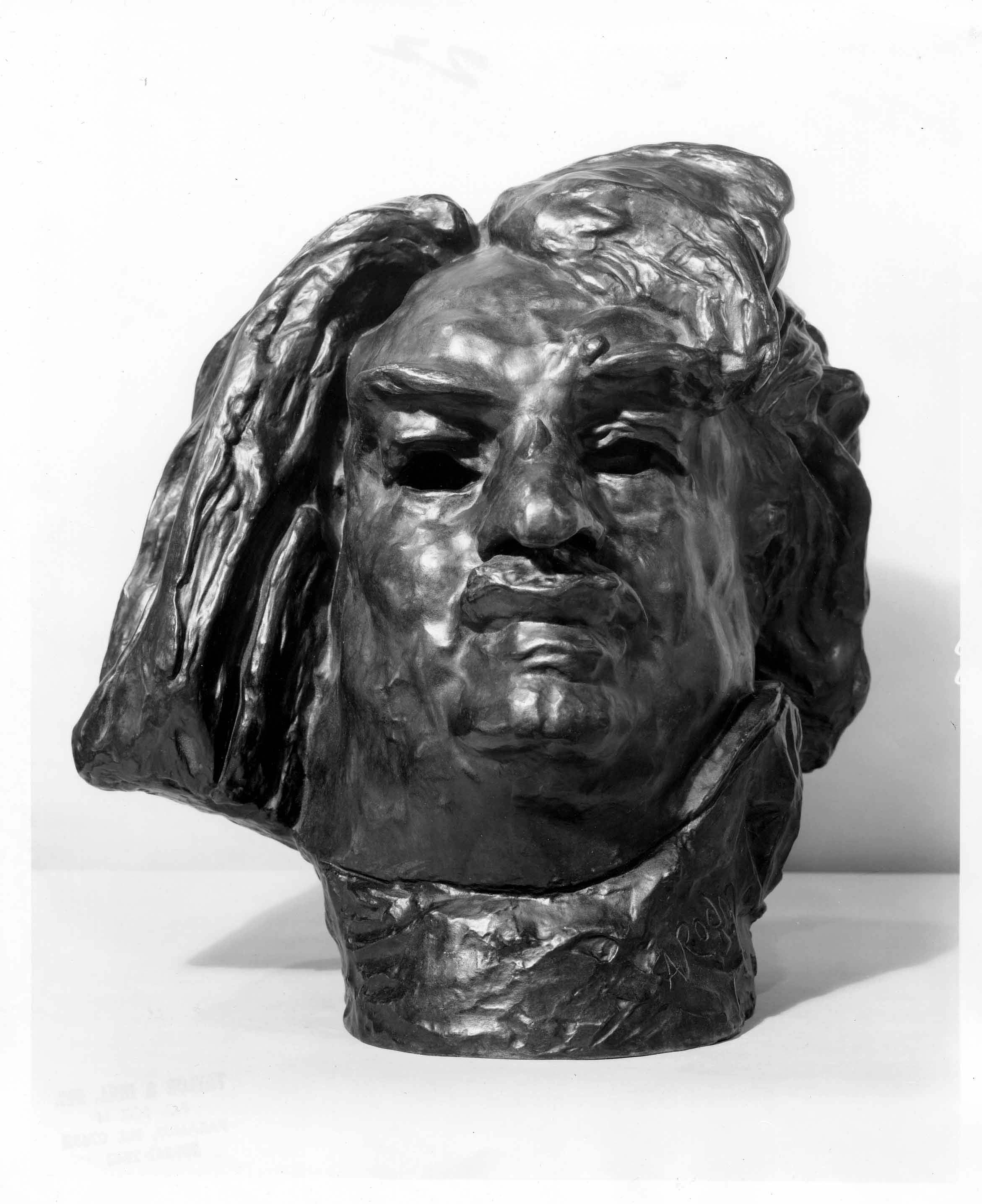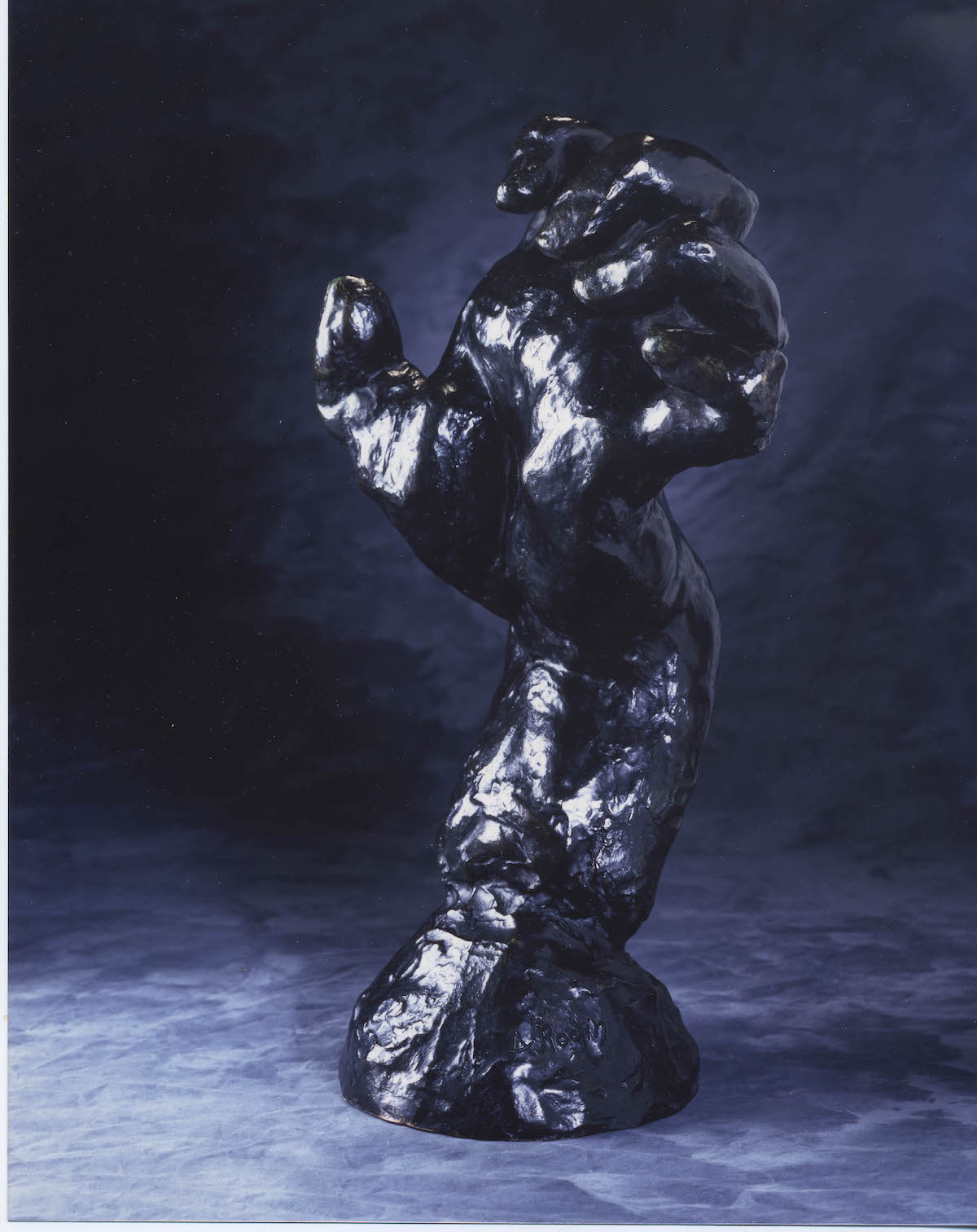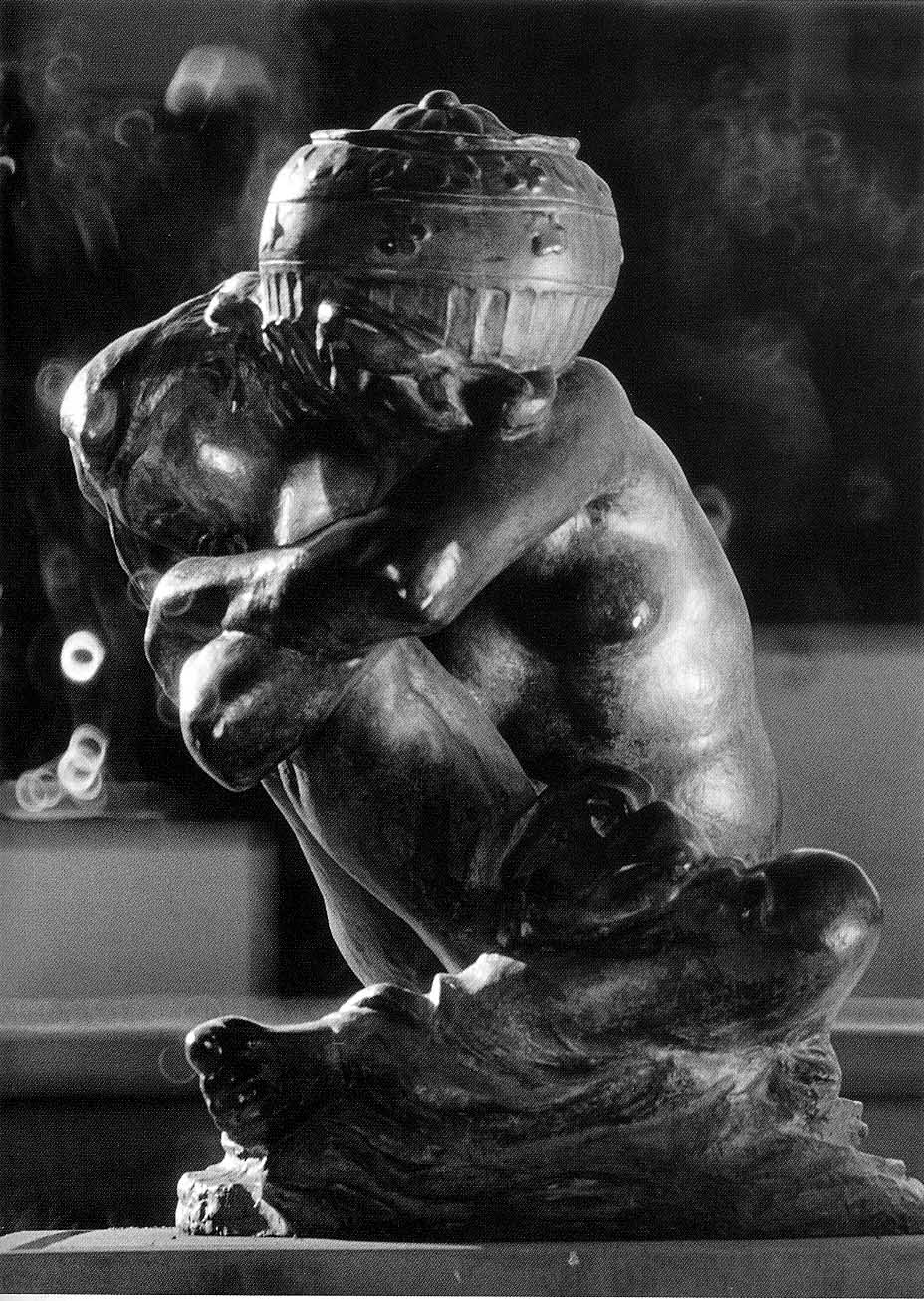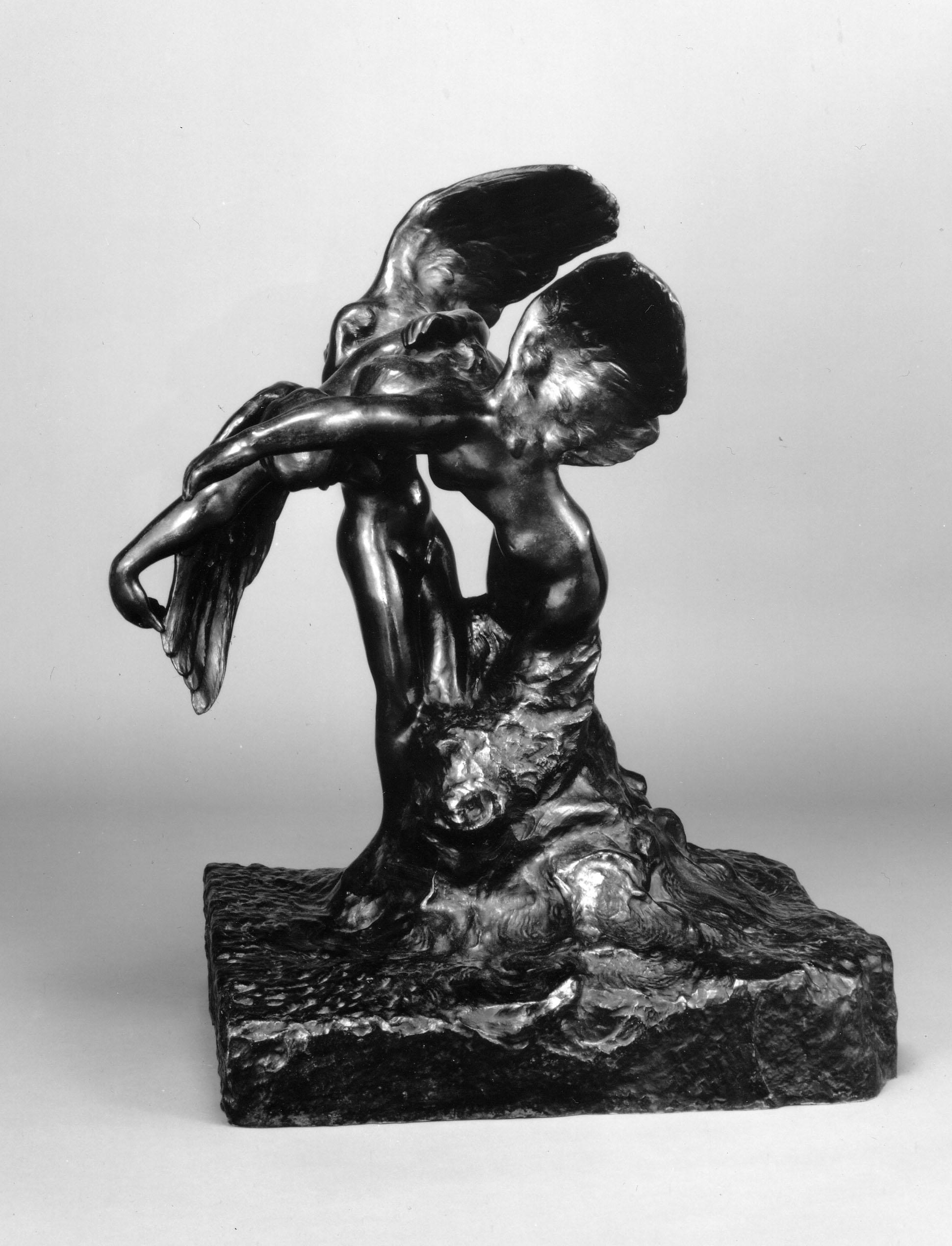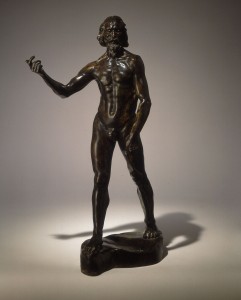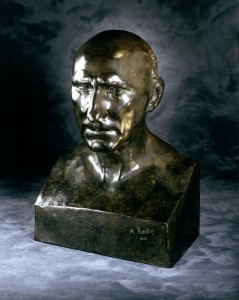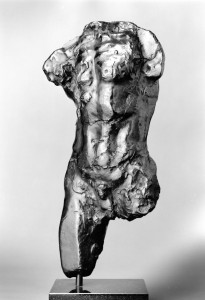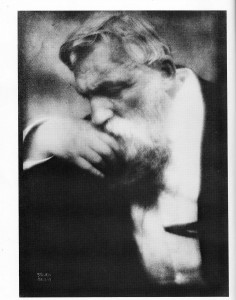Van Gogh’s Cypresses Opens at the Met
Van Gogh’s Cypresses, made possible by the Iris and B. Gerald Cantor Foundation, opened at the Metropolitan Museum of Art on May 15, 2023, with a celebration attended by over 600 guests, including art lovers, collectors, and members of the media. The exhibition features 40 paintings, drawings, and prints by Vincent Van Gogh that depict cypress trees. Rarely seen works lent from private collections are presented alongside paintings and sketches loaned from other museums....





